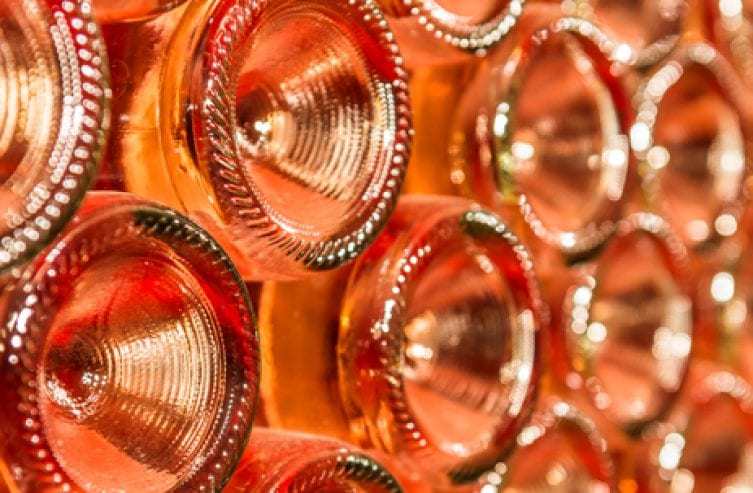
Rosé is on trend- all the more now the summer months have arrived. But… what exactly is rosé wine, and how is it made?
You can’t get away from rosé at the moment. It’s everywhere: bodegas, restaurants, bistros, summery terraces and lively garden soirees – “pink” is once again the season’s hot color! It’s easy to see why. If you’re looking for a refreshing all-rounder that’s a lighter and more convivial alternative to red wine, it’s hard to beat rosé wine. But how is a rosé wine actually made? It’s a common assumption that it’s simply a blend of white and red wine, made from pressing white and blue grapes together. But it’s not as straightforward as that. Winemakers aren’t actually allowed to make it that way, if the wine is to be labelled as rosé.
Rosé Wine: Dispelling The Myths
Rosé wine is in fact made exclusively from the same blue grapes as red wines. These blue grapes almost always have a light, often colorless juice. The obvious question is, where does the dark red colour come from? The answer is easy! The blue and red pigments are derived from the grape skins- not the juice.
In order to understand the rosé winemaking process, we must first take a closer look at red and white wine production. In red wine production the grape skins are simply fermented together with the juice and, in the process, they release their color. This is called “mash” fermentation. During white wine production, only the grape juice is fermented in a process known as “must” fermentation.
The release of the pigments from the mash during red winemaking typically occurs over a few weeks. If this process is interrupted after just a few hours, only a little coloring will have been released from the grape skins. The rosé winemaker takes advantage of this, assuming total control over the color of the wine. Once the juice has taken on a slight red hue, it is pressed and transferred to another tank where it continues to ferment without the skins; it will eventually be bottled as rosé wine. Iin the strictest terms, rosé wines are fermented red wines that have had only minimal contact with the grape skins.
CAN Rosé Be A Blend Of Red And White Wine?
Yes, it can! This mixing method, whereby a little red wine is added to a vat of white wine, does exist. Pink coloured wines are made using this blending technique, but the resultant wines cannot be labelled as a rosé. In Germany, such pink wines are known as “Rotling” wines, and famous examples include Schillerwein (a speciality from Württemberg) and Rotgold (from Baden).
There is one exception to this rule: rosé champagne. With champagne, the description ‘rosé’ can be applied even if the wine is derived from a blend of red and white wines. Many rosé champagnes are made exclusively from white chardonnay grapes with a small percentage of red wine added for colouring, and to round off the taste. Having said that, some high-end producers still favour a process that’s based on grape skin contact for their rosé champagne.
America: A Marketing Triumph.
Although available as import as well as being made locally, “pink wines” weren’t much of a success stateside until the end of the 20th century, when Sutter Home Wines salvaged a stuck fermentation of their 1972 red Zinfandel by releasing and selling the resulting slightly pinkish wine as White Zinfandel. To this day, wines in the rosé category usually have “White” or “Blanc” (the French word for white) added to their red wine origin name, for example “Cabernet Blanc” or “White Merlot”.
If you have any questions or comments about this article, then please get in touch with us! Either use the Comment function below this article or start a discussion with us on Facebook.